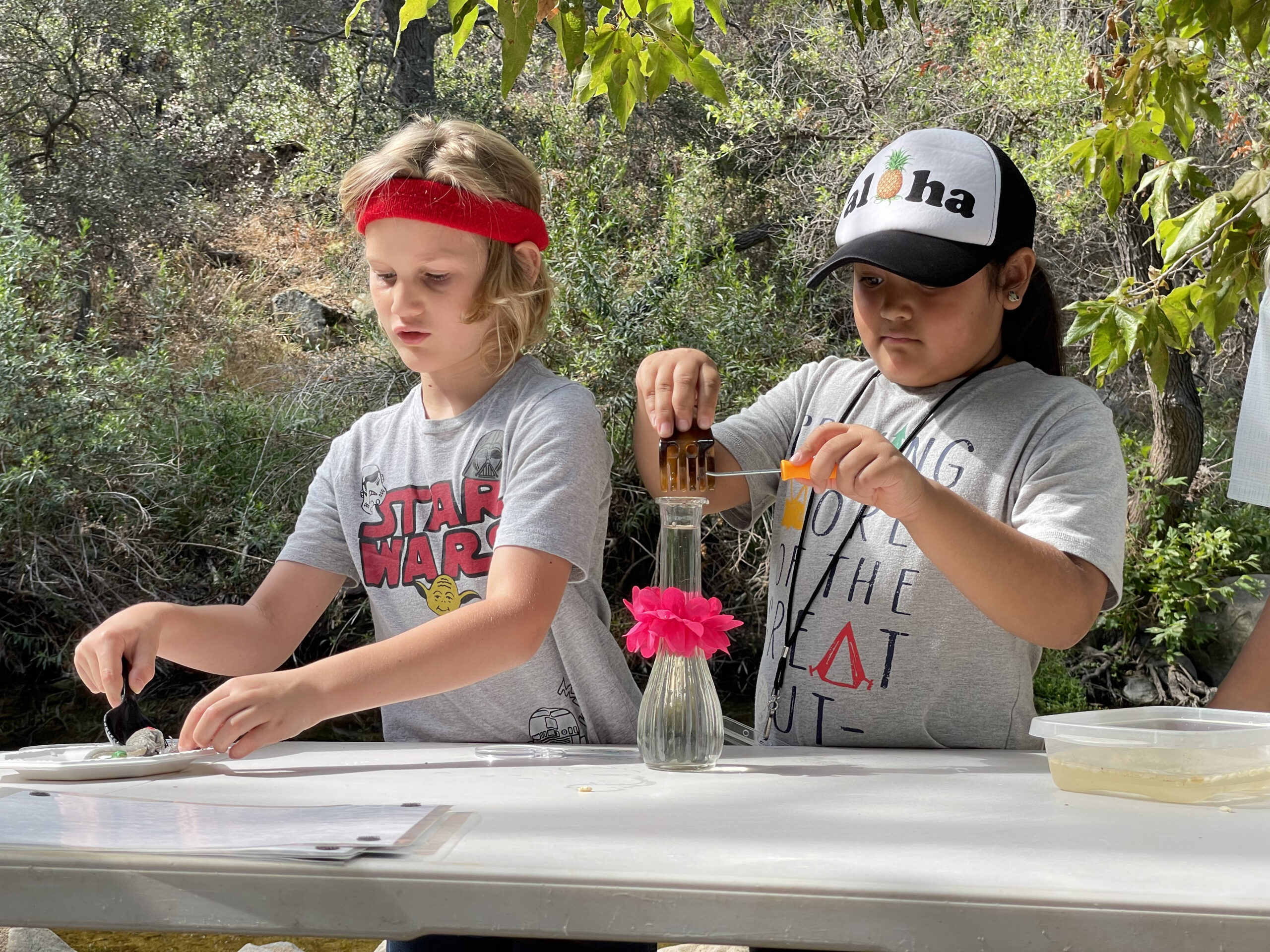
Beetles are killing our oak trees, what can be done?
By Juan Troncoso
Goldspotted Oak Borer, or Agrilus auroguttatus, is a flat-headed beetle native to southeastern Arizona, first discovered in San Diego County in 2004 and linked to increased oak mortality rates in 2008.
Since 2004, the Goldspotted Oak Borer has spread to four other southern California counties: Riverside (2012), Orange (2014), Los Angeles (2015) and San Bernardino (2019). It is likely that the innocent movement of infested firewood from Arizona to San Diego resulted in the initial introduction of Goldspotted Oak borers to San Diego County and this practice has been the main dispersal method throughout southern California.
Thousands of our iconic oak trees have been killed since, including century-old trees in Elfin Forest. While treatments are available for limited numbers of trees, the cost to treat entire groves is prohibitive for the Conservancy.
So far, the Goldspotted Oak Borer has been found to attack three known red oak species native to southern California: Coast Live Oak (Quercus agrifolia), California Black Oak (Quercus kelloggii), and Canyon Live Oak (Quercus chryslepsis).
In the Escondido Creek watershed, where the Escondido Creek Conservancy manages land, oak woodlands are dominated by Q. agrifolia and are being destroyed by this beetle. The presence of Goldspotted Oak borers in our woodlands, combined with prolonged droughts, is replacing vibrant dark green canopies with dead and leafless branches.
In 2021, the Conservancy joined a research project led by Dr. Marc Mayes, (Principal, Peregrine Environmental Analytics; Ecosystems scientist at Spatial Informatics Group-Natural Assets Laboratory; Adjunct Asst. Professor, Utah State University Dept. of Watershed Sciences) and Andrea R. Scholer, PhD (U.S. Forest Service) to address GSOB monitoring at the Keithley Preserve in Elfin Forest.
The project, funded by the USFS Strategic Technology Development Program (STDP), aimed to test the use of drone and infrared camera technology in the management of Goldspotted Oak Borer-infested woodlands by testing the identification capabilities of infestation gradients (low, medium, and high).
Over the last four years, the Conservancy has been working on surveying woodlands to find the extent of the Goldspotted Oak Borer infestations. With the help of community members, including students from local colleges, young professionals and retirees, the Conservancy was able to do multiple annual surveys and learn more about the health of our local woodlands.
Drone and on-the-ground surveys show that the overall health of the oak woodlands has been decreasing with time. With the situation being so dire, the Conservancy is being proactive to save as many oaks as possible and to take action to make sure a new generation of oaks is nurtured to replace those we might lose.
In that regard, the Conservancy is also using findings from the drone flights to write a management plan for all oak woodlands at risk within the Conservancy’s management responsibility areas.
What’s Next?
The Conservancy’s Land Managers are currently working on surveying the Keithley Preserve to begin management actions. Additionally, we are looking to extend surveys beyond the known Goldspotted Oak Borer areas to get ahead of the infestation. The Conservancy will continue outreach and collaboration with neighboring land managers and landowners to spread awareness about oak health and share lessons learned from surveys.
What you can do:
- Don’t buy or burn firewood unless you know it’s local. Buying it where you burn it is how you can help save oaks. Spread the word! Everyone loves oak trees; we need to work together to save them. https://www.nps.gov/mora/planyourvisit/buy-it-where-you-burn-it.htm.
- If you have oak trees on your property you’d like to protect, we recommend you contact a certified arborist and seek a consultation. A certified arborist can best advise you of your options.
- Help the Conservancy save oak trees by donating to: https://escondidocreek.org/donate/ and participating at a restoration event. https://escondidocreek.org/eventbrite-event/shrub-club-volunteer-event/
For more information about the Conservancy please contact [email protected]. For more information and resources on Goldspotted Oak Borer visit the University of California-Agriculture and Natural Resources website (https://ucanr.edu/sites/gsobinfo/).
Juan Troncoso is the Preserve Manager for the Escondido Creek Conservancy.





